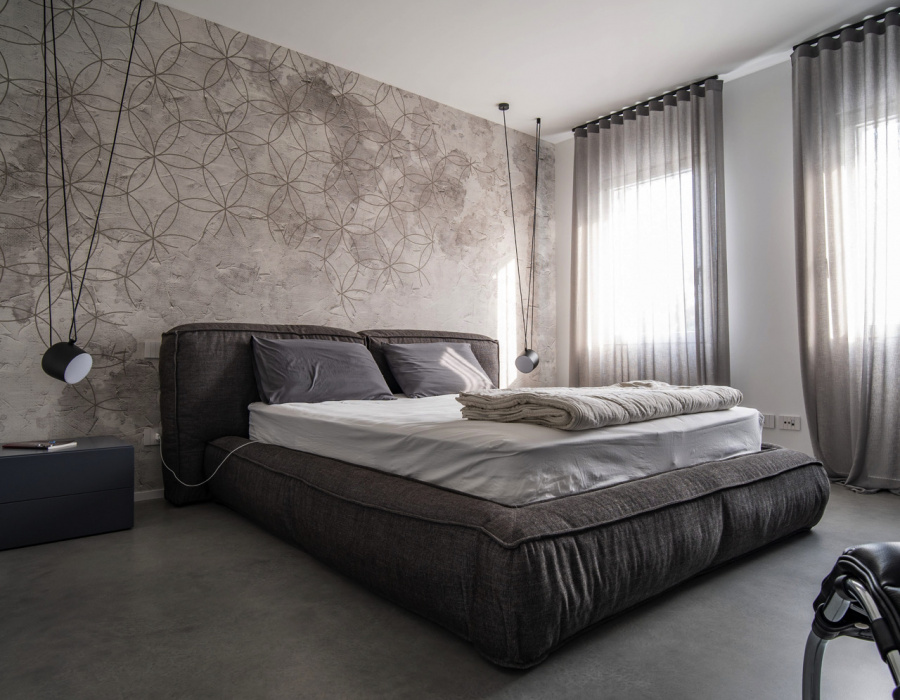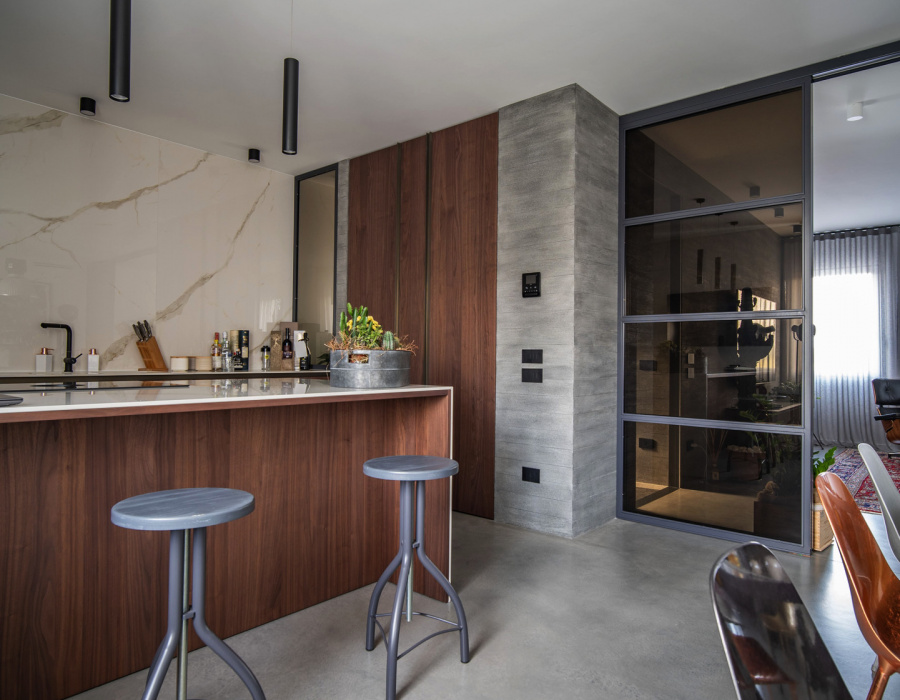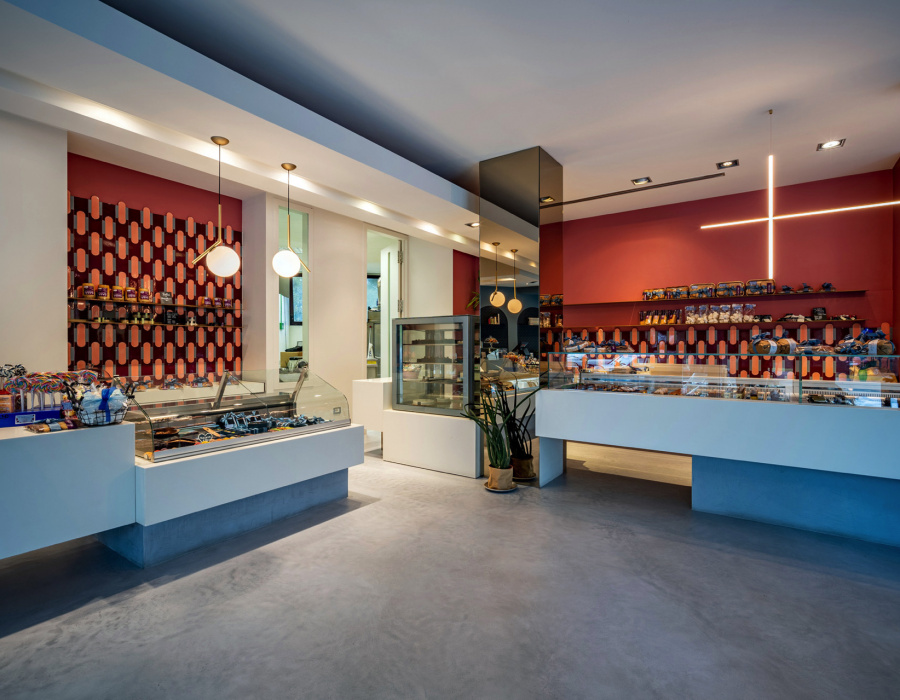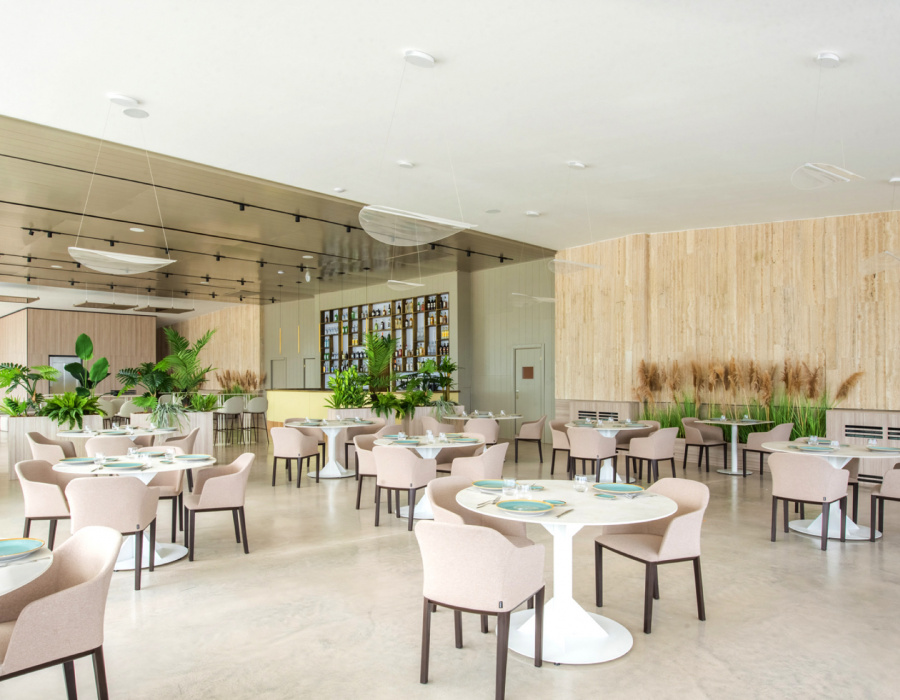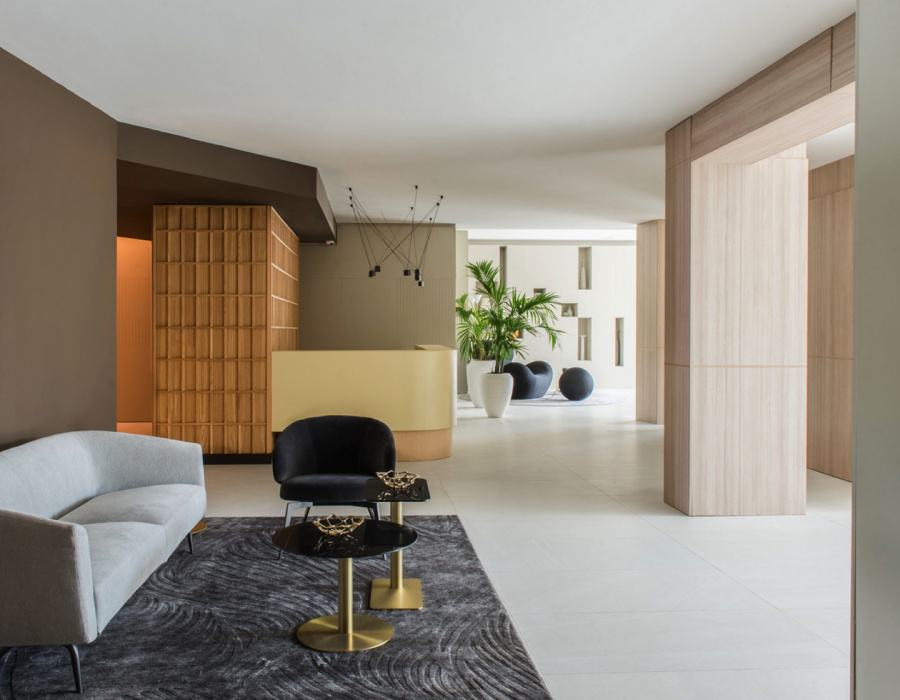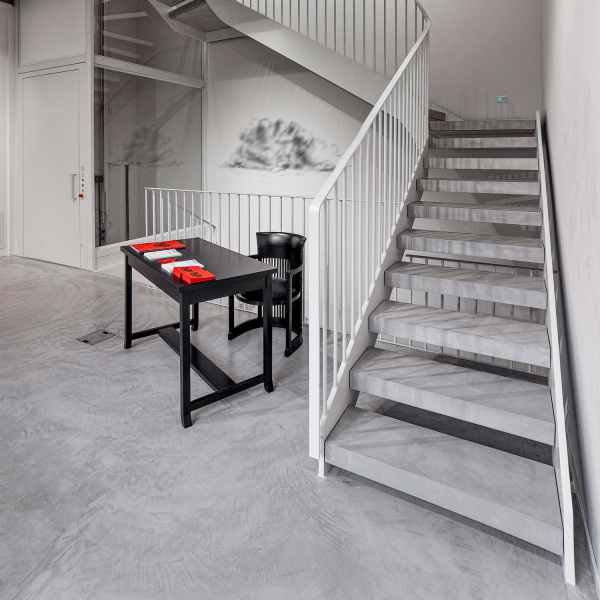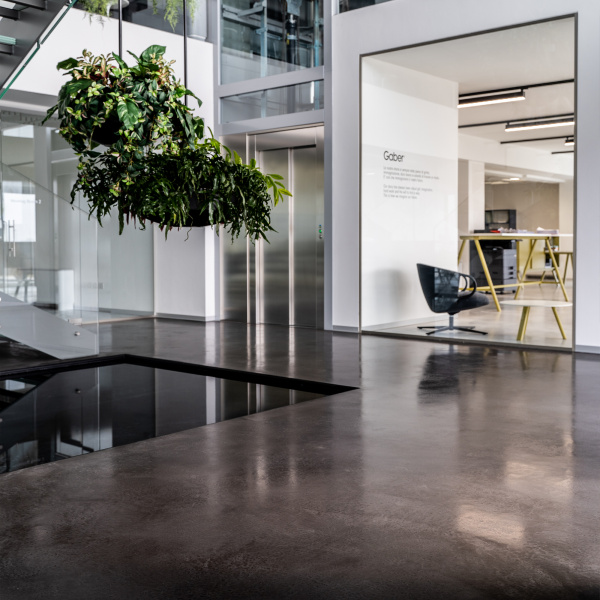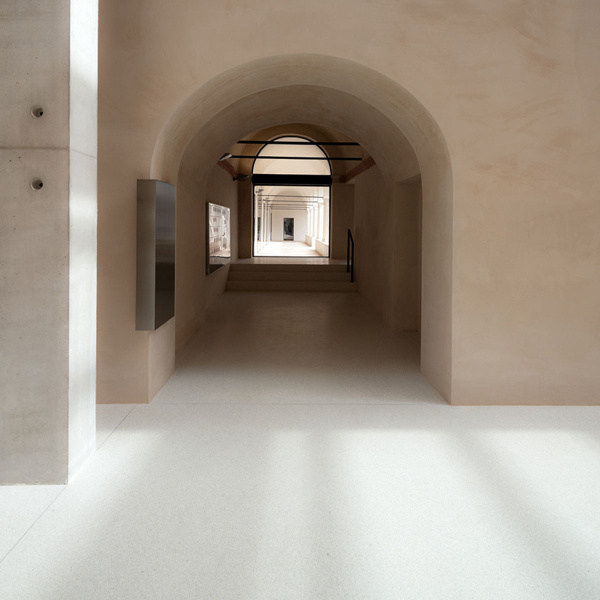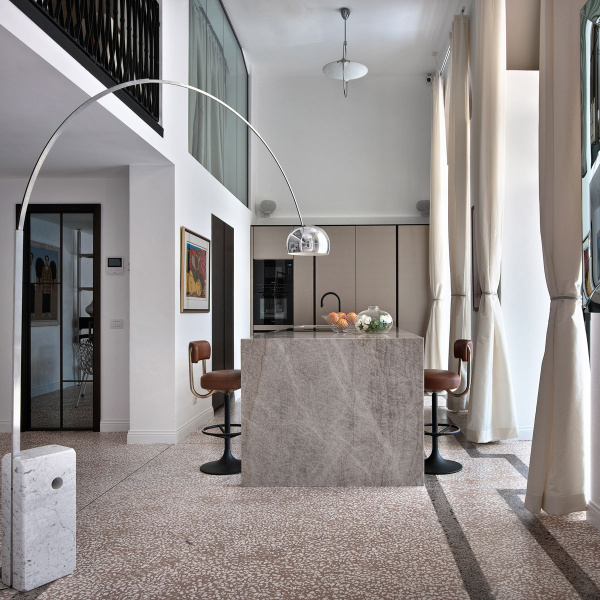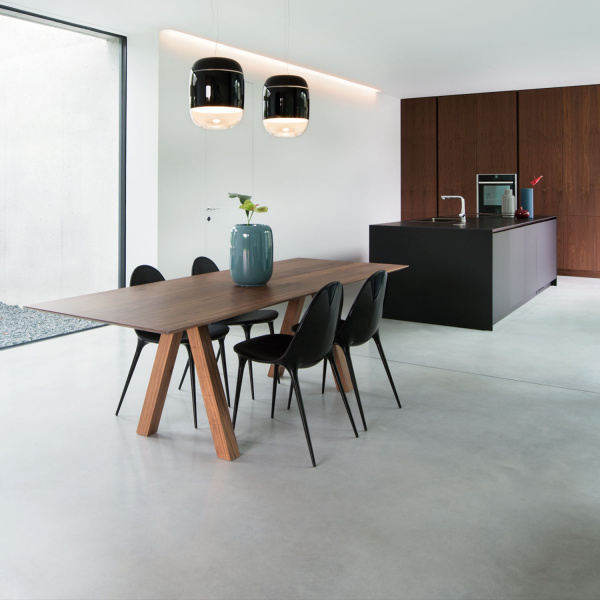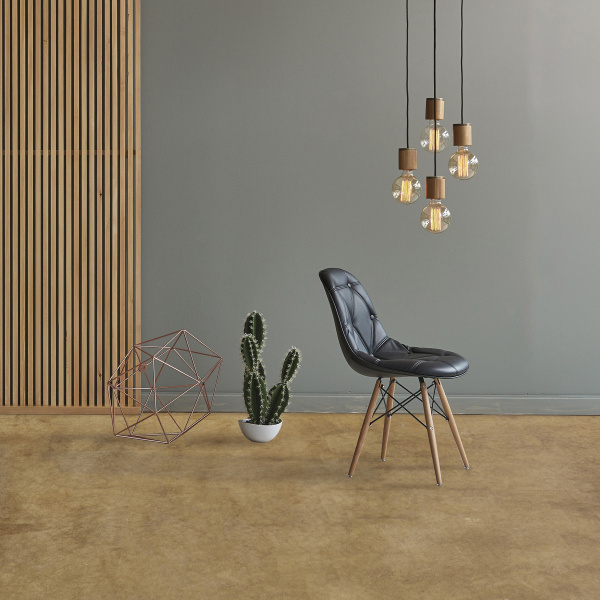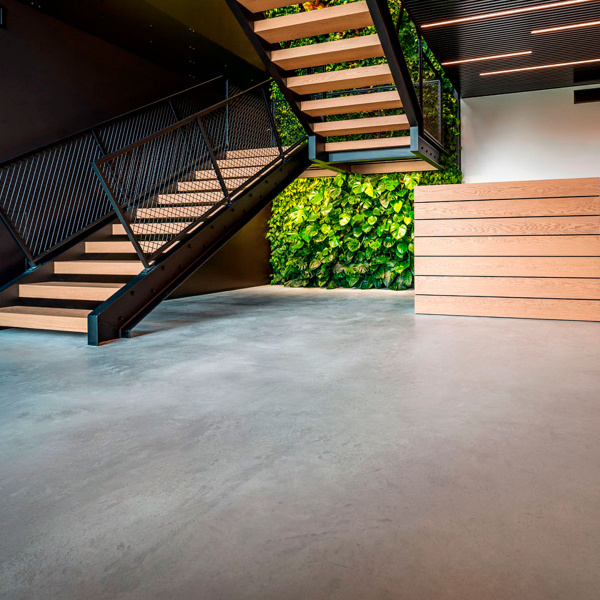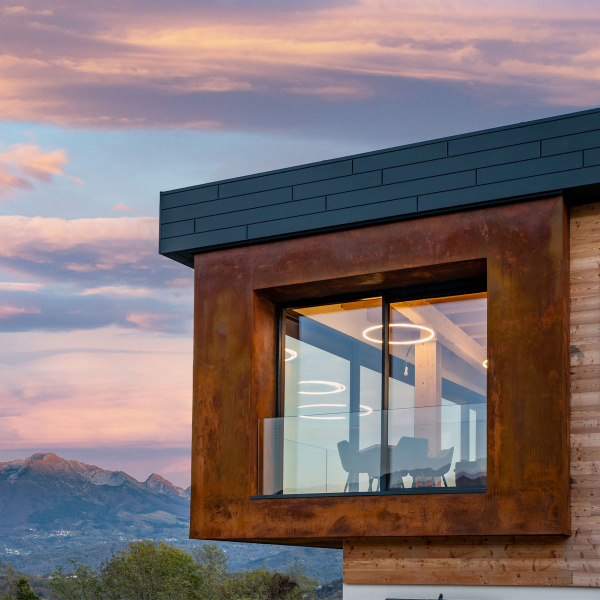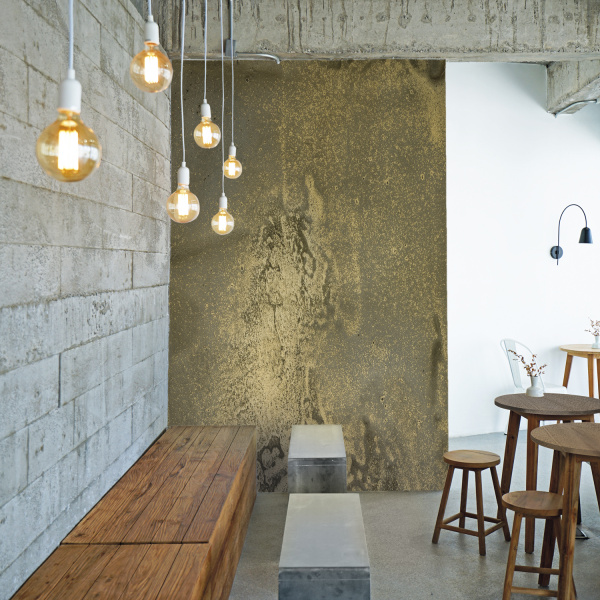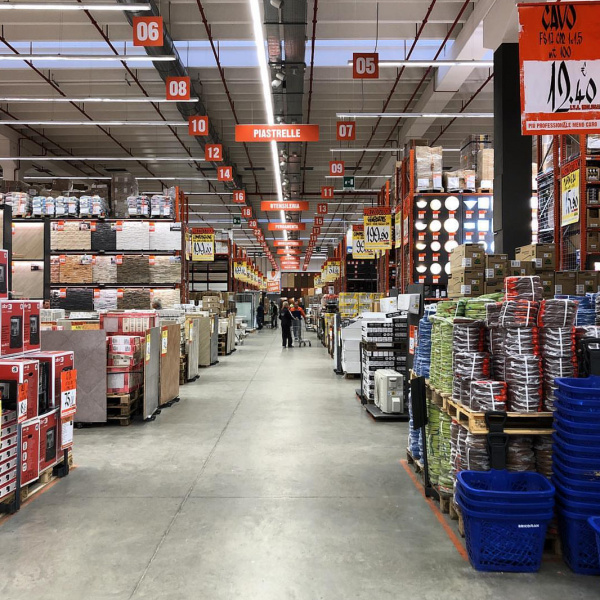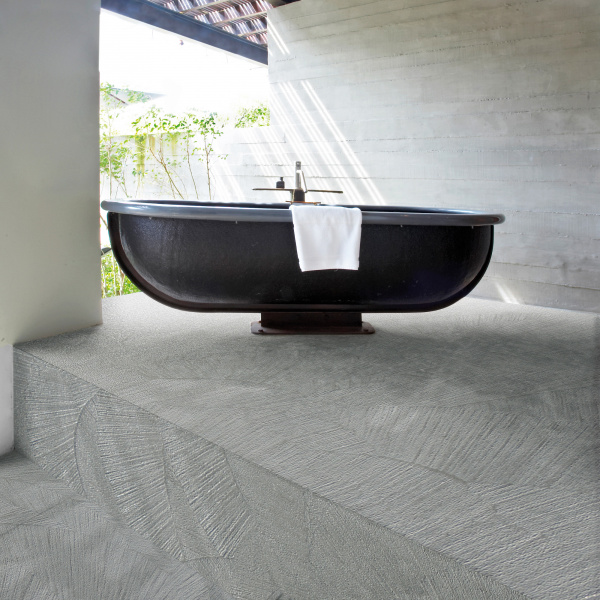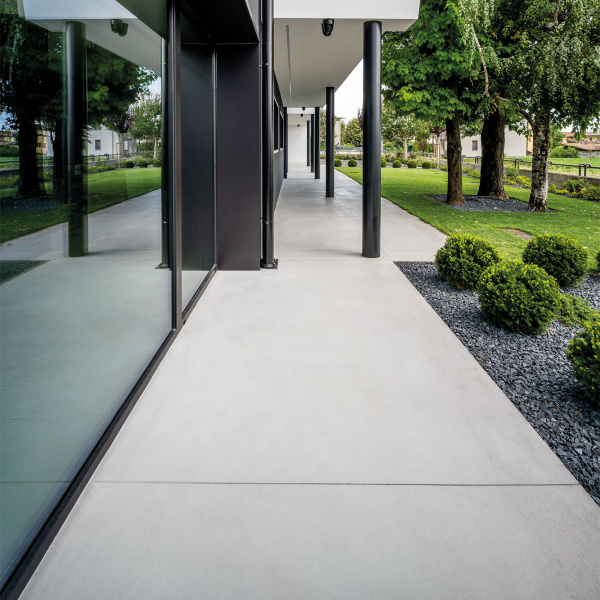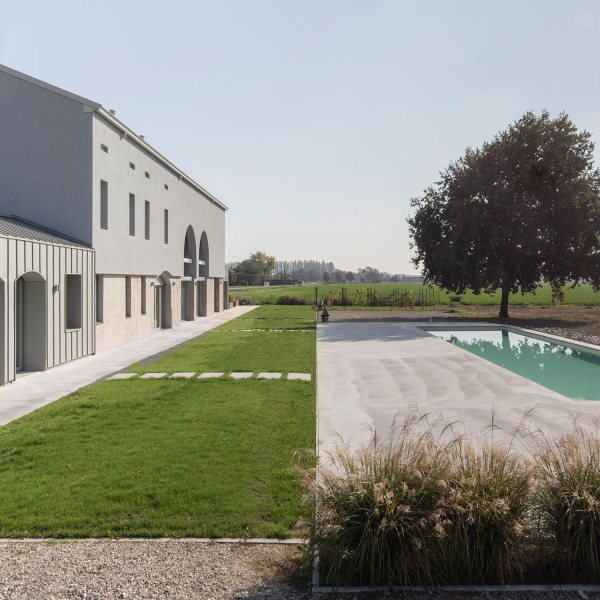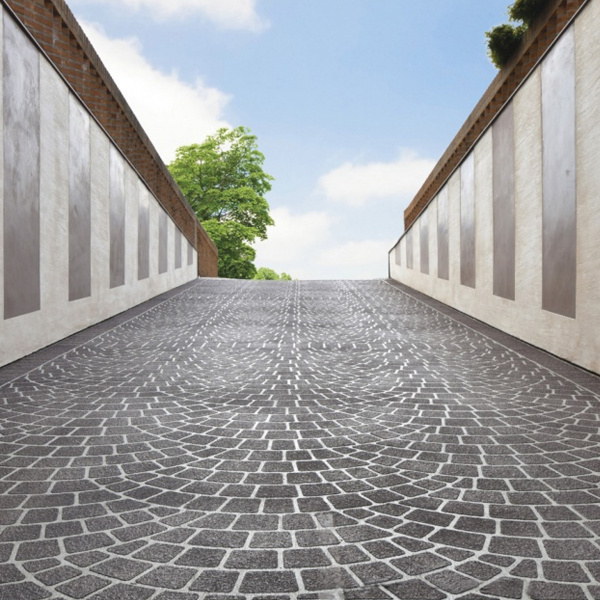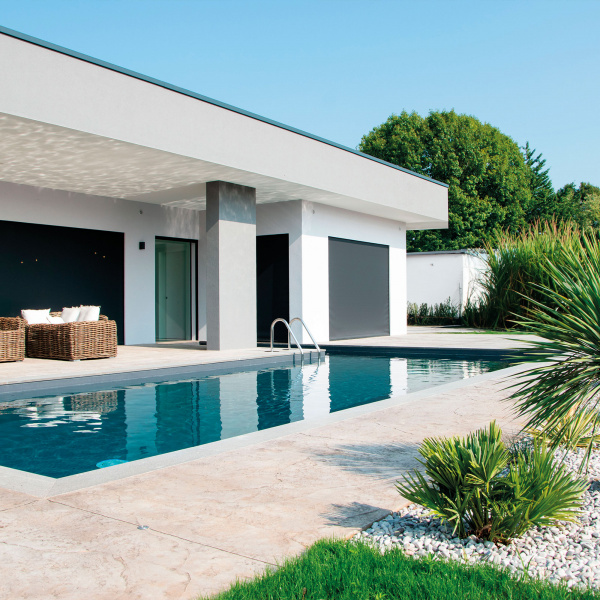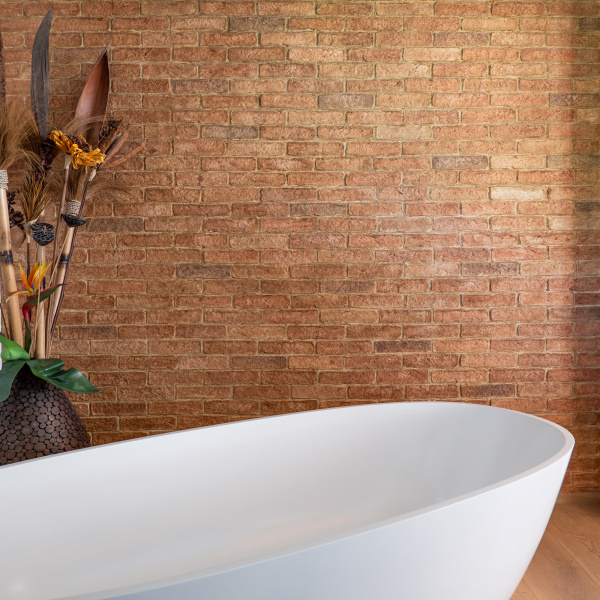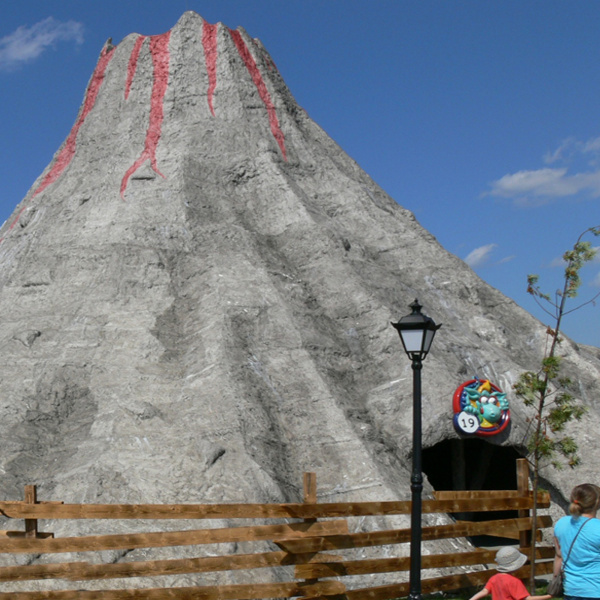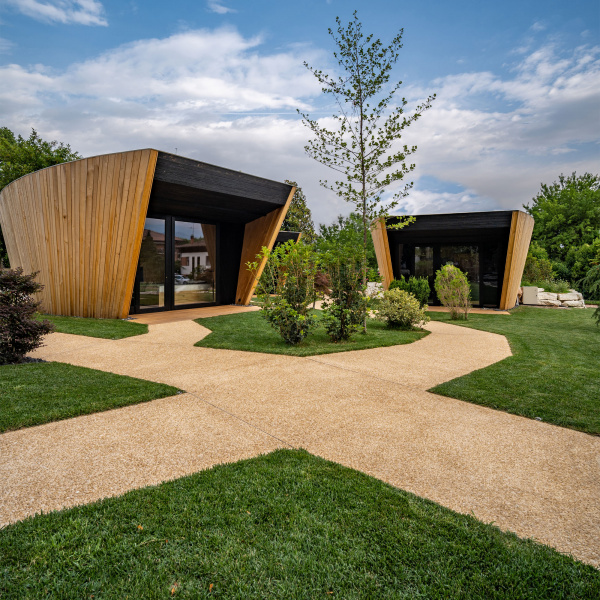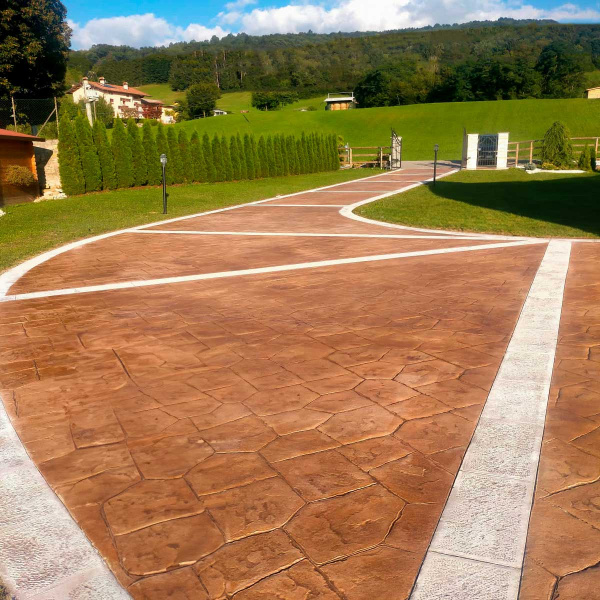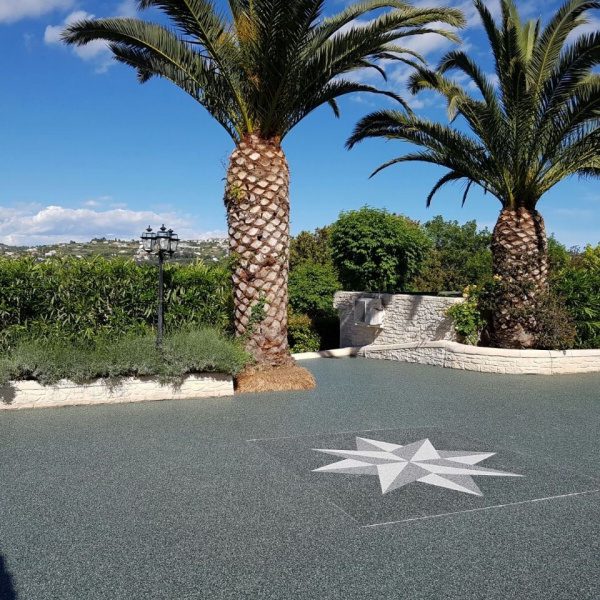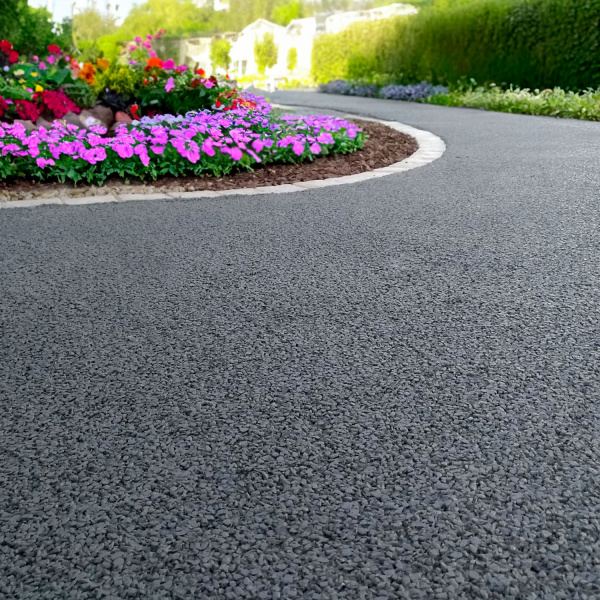Equipping your home with underfloor heating means increasing the level of comfort within your own home. In fact, a system of this type guarantees excellent performance by offering a homogeneous temperature in all spaces. However, a big question remains: what are the best floors and walls for a radiant system?
How does a radiant floor system work?
To answer the question, it is necessary to start from the functioning of the radiant floor system by analyzing its characteristics. The radiant system consists of some coils placed under the cladding that covers the entire floor of the room. Hot water, supplied by a condensing boiler, circulates inside the coils. The water temperature in the coils is about 30°- 40°C and the heat is transmitted into the environment by radiation.
The water contained in a common radiator instead reaches a temperature of 70° - 80°C. Does this mean that a radiant floor system heats less? Absolutely not, the heat radiated from the bottom upwards ensures homogeneous heating throughout the space!
Let's try to briefly summarize all the advantages of a radiant system compared to classic radiators:
- Energy saving: the relatively low temperature of the water flowing in the coils allows reducing consumption. Compared to a traditional heating system, the savings are about 30%.
- Maintenance: once the radiant floor system has been installed, it will not require any other interventions, unless there is a fault.
- Anti-humidity: the homogeneous heating of the spaces prevents the presence of thermal changes inside the room while maintaining optimum air quality. A real panacea for allergy sufferers.
- Cool in summer: the radiant floor system is also very useful during summer. During this time of year, the water temperature in the coils is reduced to 15° - 18 °C. Again, thanks to the aforementioned radiation, the pipes will absorb the hot air inside the house.
- Aesthetic performance: underfloor heating also improves the aesthetics of the room. In fact, the bulky radiators that characterize traditional heating systems will no longer be present.
Which floors and coverings for a radiant system?
When choosing the floor and wall coverings for a radiant system, some aspects must be taken into consideration. The radiant floor system works through the mechanism of thermal conduction, i.e., the heat is transferred from the hottest body (the coils) to the colder one (the room).
The speed at which heat is transmitted largely depends on the applied coating. In fact, thermal resistance - the ability of the material to oppose the flow of heat – is determined by the thickness and the coefficient of thermal conductivity of the covering materials.
Therefore, the choice of floors and walls for a radiant system must be based on these two factors: excellent coverage with a limited thickness and excellent ability to transmit heat.
Thus, what are the most suitable materials?
Natural stones in general, such as granite and marble, have good thermal conductivity, but unfortunately, they are too thick: their slabs are on average about 2-3 centimeters thick.
On the other hand, wood offers better results in terms of thickness. Nonetheless, it does not stand out for its thermal conductivity capabilities, as it retains heat. In addition to that, parquet, although aesthetically appealing, is a rather delicate material. It is no coincidence that only certain types of wood are indicated for covering the radiant system, such as oak and teak.
One of the best classic solutions is represented by porcelain stoneware instead: ceramic in fact tends to heat up easily and transmit heat evenly. Furthermore, its thermal resistance is very low.
However, the scepter for best floor covering for radiant heat is obtained by microcement. Its rapid and effective application ensures a minimum thickness and excellent thermal conductivity. Let's take a closer look at the products offered by Isoplam® for the covering of a radiant system.
Isoplam's solutions for radiant floor systems
Isoplam® products can be used to cover a radiant system created from scratch on a screed, or for an installation made on an existing floor.
In the first case, the ideal covering by Isoplam® is represented by Skyconcrete, the low thickness cloud effect floor that stands out for its unique elegance. Available in 34 different color shades, Skyconcrete recalls the industrial flooring style. Its thickness is minimal: just 2-3 millimeters make it suitable for covering a radiant system.
Skyconcrete is also totally safe, as its materials are completely hypoallergenic and non-toxic. Consequently, they cannot trigger any kind of reaction with the heat produced by the coils. This solution offers many other advantages such as ease of cleaning (also thanks to the lack of joints in the floor), resistance to atmospheric agents and excellent wear resistance.
When it comes to floor and wall coverings for radiant systems, Microverlay by Isoplam® cannot be ignored. Thanks to a thickness of just 3 millimeters, it is perfect for covering a radiant system positioned on an existing floor or for radiant wall systems, which are increasingly in vogue in the latest renovation trends.
Microverlay is composed of a polymeric acrylic binder and a special cement mixture. It is available in three different granulometry options that allow to obtain the desired aesthetic result. It also offers a wide choice regarding colors: 50 different shades are available. The latest innovation from Isoplam® is the new Microverlay Base Stardust, created together with architects and designers, to obtain a unique decorative coating.
Isoplam® combines contemporary design solutions with the requested efficiency for covering radiant systems.
Take a look at the projects we have created over the years and let yourself be inspired: you can treat yourself to an elegant, high quality and above all economical floors.

